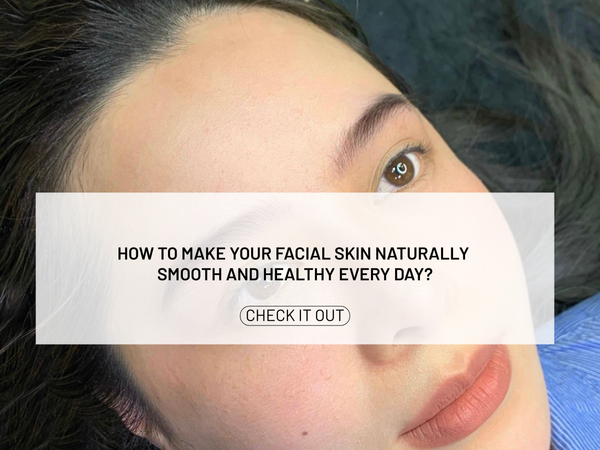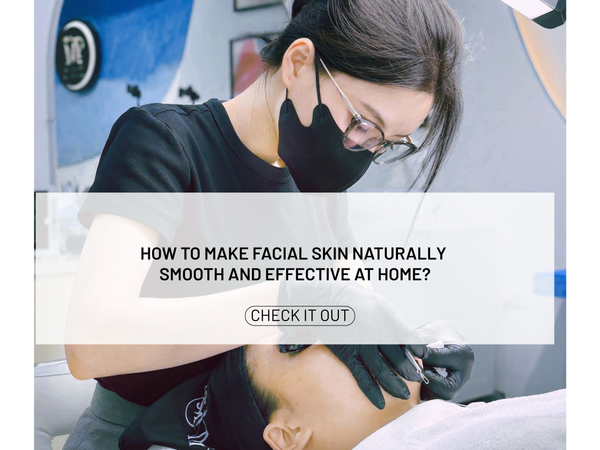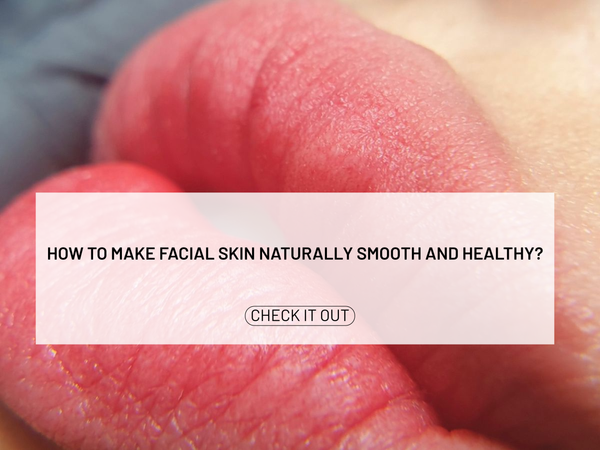Explore the Types of Skin Pigmentation: Differences, Causes, and Effective Treatment Methods
Skin pigmentation is a common issue that many people face, especially women. This article will help you understand more about the types of pigmentation, the causes behind them, how to diagnose and treat them effectively. Additionally, we will explore methods for caring for and preventing the recurrence of pigmentation.
Highlights
- There are three main types of pigmentation: superficial pigmentation, deep pigmentation, and mixed pigmentation.
- The causes of pigmentation include endogenous and exogenous factors, such as hormonal changes and environmental influences.
- Diagnosis of pigmentation can be performed through clinical examination and the use of specialized equipment.
- Effective treatment for pigmentation can involve topical medications, laser therapy, and chemical peels.
- Post-treatment skin care is crucial to maintain results and prevent recurrence of pigmentation.
Distinguishing Types of Pigmentation
Superficial Pigmentation
Superficial pigmentation is the most common type, usually appearing in the epidermis layer of the skin. The roots of superficial pigmentation do not penetrate deeply, but are only located in the outermost layer. Superficial pigmentation is light brown in color and often concentrated in areas such as the forehead, cheeks, and chin. Identifying features include:
- Color: Light brown to dark brown.
- Size: Usually small, ranging from 1-3 cm.
- Location: Often appears in areas that are frequently exposed to sunlight.
Deep Pigmentation
Deep pigmentation has roots located in the dermis layer, usually with a darker color and unclear borders. This type of pigmentation is often seen in women over 30 years old. Identifying features include:
- Color: Dark brown or black.
- Size: Usually larger, ranging from 3-5 cm.
- Location: Appears in spots, often on the cheeks and forehead.
Mixed Pigmentation
Mixed pigmentation is a combination of superficial and deep pigmentation, often more difficult to treat. Identifying features include:
- Color: Uneven, ranging from light brown to dark brown.
- Size: Varies, can be large or small.
- Location: Appears scattered across many areas of the face, especially the cheeks and forehead.
We need to understand the types of pigmentation to have effective treatment methods suitable for each type we encounter.
Causes of Pigmentation

Endogenous Factors
Pigmentation can arise from various endogenous causes. Some key factors include:
- Genetics: If someone in your family has pigmentation, you are likely to experience this condition as well.
- Gender: Women are at a 9 times higher risk of developing pigmentation compared to men.
- Hormonal Disorders: Hormonal changes, especially during pregnancy or menopause, can stimulate melanin production.
Exogenous Factors
In addition to endogenous factors, pigmentation is also influenced by many exogenous factors such as:
- Poor Quality Cosmetics: Using products of unclear origin can make the skin sensitive and prone to pigmentation.
- Sunlight: UV rays from sunlight can increase melanin pigmentation, causing skin pigmentation.
- Unhealthy Lifestyle: Late-night habits and prolonged stress can also contribute to worsening pigmentation.
Environmental Impact
The surrounding environment can also affect the condition of pigmentation. Some main impacts include:
- Pollution: Dust and chemicals in the air can damage the skin.
- Blue Light: Frequent use of electronic devices can lead to pigmentation.
- Weather Changes: Harsh weather can weaken the skin and make it more susceptible to pigmentation.
We need to understand the causes and effective preventive measures for pigmentation to better protect our skin.
How to Diagnose Pigmentation

Clinical Examination
We usually start with a clinical examination to determine the condition of pigmentation. The doctor will observe the pigmentation spots on the skin, which often appear in areas such as the forehead, cheeks, and chin. This helps us get a general overview of the skin condition.
Using Specialized Equipment
To obtain more accurate results, we can use Wood's lamp or skin analysis machines. These devices help detect issues deep within the skin that the naked eye cannot see. This is very important to differentiate pigmentation from other skin conditions.
High-Tech Skin Analysis
Finally, we can perform high-tech skin analysis. This method allows us to accurately determine the type of pigmentation and its severity. The results will help the doctor provide the most suitable treatment method for each case.
We need to remember that accurately diagnosing the condition of pigmentation is the first important step to effective treatment.
Treatment Methods for Pigmentation
Using Topical Medications
We can use topical medications to lighten pigmentation spots on the skin. Some common ingredients in these medications include:
- Tranexamic Acid
- Arbutin
- Niacinamide
- Vitamin C
However, the use of medications should be under the guidance of a doctor to ensure safety for the skin.
Laser Therapy
Laser therapy is one of the most modern and effective methods for treating pigmentation. This method helps:
- Destroy the melanin pigment causing pigmentation.
- Stimulate collagen production, making the skin firmer.
- Even out skin tone and tighten pores.
Chemical Peels
Chemical peels use acids such as Glycolic Acid and Salicylic Acid to remove dead skin layers, helping:
- Brighten the skin and reduce pigmentation.
- Stimulate the regeneration of healthy new skin.
- Improve skin texture, resulting in smoother skin.
We need to note that before applying any method, consult a doctor to get the most suitable treatment for your skin. Protecting the skin from sunlight is also very important during the treatment process.
Post-Treatment Skin Care for Pigmentation
Moisturizing the Skin
We need to adequately moisturize the skin after pigmentation treatment. This helps prevent the skin from drying out and promotes quick recovery. Some effective moisturizing products include:
- Toner to balance the skin's pH.
- Serum containing hyaluronic acid for deep hydration.
- Moisturizer suitable for your skin type.
Protecting the Skin from Environmental Damage
After treatment, the skin becomes more sensitive. We need to protect the skin from external factors:
- Use sunscreen daily with a minimum SPF of 30.
- Wear a mask when going outside to avoid dust.
- Avoid direct exposure to sunlight for long periods.
Using Skin Recovery Products
To help the skin recover quickly, we should choose gentle products that do not cause irritation:
- Moisturizer with natural ingredients.
- Serum containing vitamin C to brighten the skin.
- Alcohol-free toner to soothe the skin.
Post-treatment skin care for pigmentation is a process that requires patience and consistency. We should remember that proper care will help the skin recover and become healthier. Effective solutions for postpartum pigmentation that mothers should not overlook include proper skin care, which involves moisturizing, protecting the skin from environmental impacts, and using recovery products. Natural methods such as aloe vera and potatoes are also recommended, along with intensive therapies like laser and chemical peels. Skin care requires patience and consistency to achieve the best results.
Preventing Recurrence of Pigmentation

To prevent the recurrence of pigmentation, we need to implement some effective skin care and protection measures. Prevention is very important to keep the skin healthy and avoid the return of pigmentation.
Using Sunscreen
- We should apply sunscreen with an SPF of 30 or higher about 15-30 minutes before going outside.
- Sunscreen helps protect the skin from the harmful effects of UV rays, the main cause of pigmentation.
- Don't forget to reapply sunscreen every 2-3 hours, especially when outdoors.
Healthy Diet
- Eat plenty of fruits and vegetables to provide vitamins and minerals for the skin.
- Drink enough water each day (from 1.5 - 2 liters) to keep the skin hydrated.
- Limit sugary and saturated fat foods, as they can increase inflammation on the skin.
Avoiding UV Exposure
- We should limit going outside during peak hours (from 10 AM to 4 PM) when the sunlight is strongest.
- Use wide-brimmed hats, sunglasses, and masks to protect the skin from sunlight.
- If possible, find shaded areas to avoid direct sunlight exposure.
By implementing these measures, we can minimize the risk of recurrence of pigmentation and maintain healthy, radiant skin.
Products Supporting Pigmentation Treatment

Anti-Pigmentation Serum
We often use anti-pigmentation serum to improve skin condition. This serum contains ingredients such as Vitamin C, Niacinamide, and Arbutin, which help brighten and even out skin tone. Some notable products we recommend include:
- Kiehl's Clearly Corrective Dark Spot Solution
- Tranexamic Acid Serum
- Vitamin C Serum
Specialized Moisturizer
Specialized moisturizers are also an important part of the pigmentation treatment process. We choose creams that can lighten pigmentation spots and provide moisture to the skin. Some noteworthy products are:
- Moisturizer containing Hydroquinone
- Moisturizer containing Tretinoin
- Non-irritating moisturizer
Supportive Supplements
In addition to using topical products, we also recommend supportive supplements to improve pigmentation from the inside. Some popular supplements include:
- Supplements containing Tranexamic Acid
- Vitamin C supplements
- Natural extract supplements
We believe that combining these products will yield the best results in treating pigmentation. Remember that proper and consistent skin care will help us achieve healthy and radiant skin!
If you are looking for products that effectively treat pigmentation, visit our website to explore many great options. We are always ready to support you in your beauty care journey!
Conclusion
Pigmentation is a common issue that many people face, especially women. Understanding the types of pigmentation, their causes, and treatment methods is very important for effective skin care. To treat pigmentation, you can apply various methods such as using topical products, laser therapy, or natural methods. However, the most important thing is to be patient and choose the method that suits your skin condition. Always consult a dermatologist for the best advice for your skin.
Frequently Asked Questions
What is pigmentation and how many types are there?
Pigmentation is a skin condition characterized by brown or black patches or spots. There are three main types: superficial pigmentation, deep pigmentation, and mixed pigmentation.
What causes pigmentation?
Pigmentation can be caused by various factors such as hormonal changes, sunlight, pollution, and genetics.
Are there effective ways to treat pigmentation?
There are many treatment methods such as using topical creams, laser therapy, and chemical peels.
Can pigmentation be completely cured?
Pigmentation can be treated and improved, but it requires time and appropriate methods.
Who is most at risk for pigmentation?
Women, especially those who are pregnant or have darker skin, are at higher risk for pigmentation.
How can pigmentation be prevented?
Use sunscreen, maintain a healthy diet, and avoid direct sunlight exposure.



